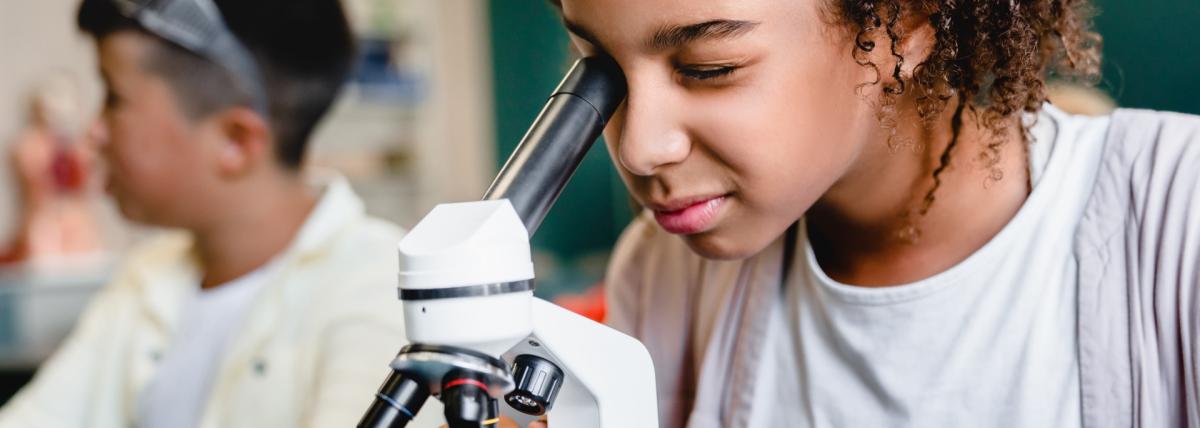
Food Web Challenge
by Hermelina Liddell
This is part of an Ecology Unit, where students will create a food web using a set of cards. Students will identify the organisms in the different trophic levels, create a series of food chains, then a food web.
Students will identify the invasive species and place it in the aquatic food. Students will work in groups of two and later on write a paragraph about their thinking on the impact of invasive species in the web.
Eventually, students will design, code and program an Edison V2 robot to see how changes in the transfer of matter and energy affect the organisms in the ecosystem. Students can use LEGOs to create and design an organism or a habitat, they can code and program the robot and demonstrate/present or compete with other robots in class!
Lesson Plan Link/URL
https://docs.google.com/presentation/d/1t1Mt43McR_01LQ6zwSWqgkGoeARTsD3n/edit?u…Subject Area
Science Life Science L2: Organisms & Energy Technology 4. Innovative Designer 5. Computational Thinker Engineering S2: Apply the Engineering Design Process S5: Apply Technology to Engineering English Language Arts (ELA) Writing
Featured
Off
Related Content

Grades:
8th Grade, 9th Grade, 10th Grade, 11th Grade, 12th Grade
I use this egg drop/crash lesson as an introduction to Energy and Energy Transfer in physics. Students understand basic kinematics, but I generally conduct this lesson before projectile motion, but it

Grades:
Kindergarten, 1st Grade, 2nd Grade
Just like many things we do in our lives, pumpkin growth and coding follow a pattern. Students will learn the life cycle of a pumpkin and fill in a practice page that talks about the pumpkin's life
